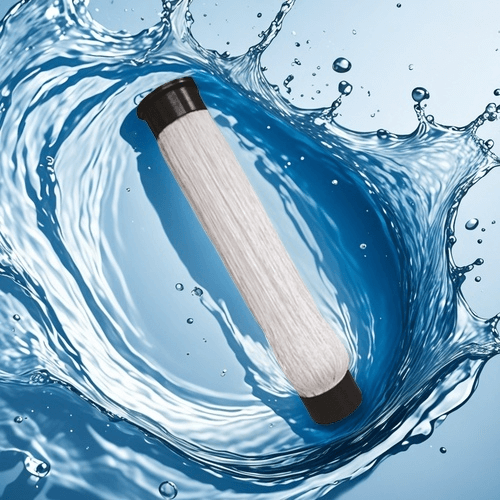MABR Membrane: A New Technology for Efficient and Energy-Saving Wastewater Treatment
What is a MABR Membrane?
The MABR membrane, a core component of the Membrane Aerated Biofilm Reactor (MABR), is a hollow fiber membrane that diffuses oxygen from the membrane surface to the outside, supporting biofilm growth. Compared to traditional aeration processes, the MABR membrane creates a microenvironment outside the membrane where aerobic, anoxic, and anaerobic conditions coexist, enabling simultaneous nitrification and denitrification (SND), significantly improving nitrogen removal efficiency and reducing energy consumption.
Main Applications of MABR Membranes
1. Upgrading Municipal Wastewater Treatment Plants
With the increasingly stringent “Pollutant Discharge Standards for Urban Wastewater Treatment Plants,” many wastewater treatment plants need to upgrade from Class B or Class A standards. MABR membrane modules can be flexibly integrated into existing systems, without increasing floor space:
Increased total nitrogen removal rates
Saving 30%-50% of energy
Achieving a Green Upgrade
2. Rural Wastewater Treatment
Wastewater treatment in rural areas faces challenges such as fragmented operation, low capacity, and operational difficulties. MABR membranes offer the following advantages:
They have a small footprint and are suitable for point-source treatment in villages, towns, scenic areas, and schools.
They can be automated and unmanned.
The effluent consistently meets the “Rural Wastewater Treatment Discharge Standard” or Class IV surface water.

3. Industrial Wastewater Treatment
MABR membranes are well-suited for industrial wastewater with high ammonia and nitrogen content and high volatility, making them suitable for:
Food processing
Chemical and pharmaceutical industries
Printing and dyeing, electroplating, and other industries
As pretreatment or deep denitrification modules, they can reduce chemical dosage and subsequent treatment pressure.
4. Black and Odor-Relieving Water Treatment and River Restoration
MABR membranes can be deployed in low-flow water bodies, such as black and odor-retaining rivers and ponds. Through in-situ aeration and microbial action, they improve the water environment and achieve:
Removal of ammonia nitrogen and organic pollutants
Restore dissolved oxygen in water bodies
Ecological restoration
5. Rainwater and Initial Runoff Treatment
In urban sponge systems, MABR can be used in storage ponds and rainwater collection tanks to further purify rainwater and prevent pollutants from entering natural water bodies.
Technical Advantages of MABR Membranes
Advantages Description
Highly efficient nitrogen removal: Simultaneously nitrifying and denitrifying, with a nitrogen removal efficiency exceeding 90%
Energy-saving and environmentally friendly: High oxygen transfer efficiency, no aeration required, and energy savings of 30-50%
Compact structure: Small footprint, suitable for retrofitting existing plants or distributed deployments
Stable operation: Strong resistance to shock loads, and simple maintenance
Modular design: Easy to expand, move, and combine, offering strong adaptability
